class b fire definition
- Definition from Safeopedia 1 week ago Jan 08 2020 Class B fire refers to a fire involving flammable liquids such as petroleum gasoline kerosene petrol diesel octane etc paint alcohol solvent oil and tar etc. It helps the water penetrate the burning material to quickly suppress the fire and prevent rekindles.

What Are Class A Class B Class C Bulkheads As Per Solas Fire Class Of Bulkhead
B Class Divisions fire divisions B Class divisions are those divisions formed by bulkheads decks ceilings or linings which comply with the following criteria.

. The class is always combined with an additional class for smoke s and burning droplets d. What Are Class B Fires. Class B fires designation symbol is a red square mostly involve flammable liquids like gasoline oils greases tars paints etc and flammable gases.
The use of lighter fluid on a charcoal grill for example creates a Class B fire. The volatility of the fuel source makes them more difficult. Dry chemicals and carbon dioxide are typically used to extinguish these fires.
In fire classes a Class B fire is a fire in flammable liquids or flammable gases petroleum greases tars oils oil-based paints solvents lacquers or alcohols. FEMAL states that Class B fires are often fueled by materials such as gasoline petroleum gasses tars oils oil-based paints solvents and alcohols. As a carbon-loving solution Class A foam soaks into solid combustible materials by breaking down the surface tension of the water.
The fuel for a Class B is a combustible gas or liquid. In conventional fire alarm circuits if a wire breaks in a Class B circuit some of the devices are disconnected from the panel if a wire breaks in a Class A circuit the devices that would have been disconnected use an alternative wire path to the panel. Because ordinary combustibles are so common in house fires authorities usually recommend that you get a fire extinguisher that includes at least an AB rating Most common fire extinguishers are class ABC.
Another method used for comparing the combustibility of materials is to evaluate the heat release rate. Reaction to Fire - Retardancy. Class B foam on the other hand repels carbon.
A it prevents the spread of flames for at least half an hour of the standardised fire test b it is designed so that the average temperature on the unexposed side does not rise more than 140C above the original temperature. They have very limited contribution towards the fire. Class B fire means a fire involving flammable or combustible liquids flammable gases greases and similar materials and some rubber and plastic materials.
Class B Class B fires involve flammable liquids like gasoline alcohol diesel or oil not cooking oils. Class B fire refers to a fire involving flammable liquids such as petroleum gasoline kerosene petrol diesel octane etc paint alcohol solvent oil and tar etc. These are the no flashover materials.
The only difference is the fuel. A They are to be so constructed as to be capable of preventing the passage of flame to the end of the first half hour of the standard fire test. In addition under conditions of a fully developed fire these products will not significantly contribute to the fire load and fire growth.
Most of these liquids have a high carbon content and the compounds in them and are highly combustible. 2012 Farlex Inc. So a class B fire is very dangerous as it is the burning of flammable liquids.
Examples of flammable liquids include petrol oil paraffin alcohol and certain paints. The class contains flammable liquids and gasses. Class B fires are not really different from other fires in that they have the same basic fire tetrahedron elements.
A division manufactured in incombustible materials that satisfies the following criteria. They are the combustible materials that can have some contribution to the fire in your building. These measures are concerned with.
In order to have a fire you need fuel oxygen heat and a chemical reaction. That normally do not leave any embers or residues or very low amounts of residues. A Class C fire is a fire that involves electrical equipment electrical appliances or electrical wiring.
Reaction to Fire Retardancy is the measurement of the ability of a material to resist or prevent the passage of fire from one area to another. The volatility of the fuel source makes them more difficult. For example propane natural gas gasoline and kerosene fires are types of Class B fires.
B Fire Rating Cladding Classification. A product must be also be classified as a Class 1 building material for BS 476 - 71997. As alluded to above Class B fires are ones in which flammable liquids andor gases become involved.
Reaction to Fire structural Integrity is the measurement of how a material will. Numeric values for Class B are between 25 and 75. In the United States all flammable liquids and gases are Class B.
Most commercial wood species have a flame spread index between 90 and 160 Forest Products Laboratory 1999. Knowing about the fire classification of the cladding materials is important. A2 Satisfying the same criteria as class B for the SBI-test according to EN 13823.
To achieve a Class 0 Fire Rating products must meet specific British Standards and pass a series of tests designed to test flame spread and propagation. They are caused by energized electrical elements such as damaged power cors or overloaded electrical outlets. Flammable Liquids and Gases.
They can also involve gasses like propane and butane. The product must first meet the fire propagation requirements as outlined in BS 476-61989A12009. It is one of the five classes of fires along with A B D and K.
A fire caused by flammable or combustible liquids and gases oil gasoline. When mixed with water it forms a film that hovers over a spill. Some plastics are also Class B fire materials.
That normally do not leave any embers or residues or very low amounts of residues. Class B Fire Division. During a fire in Class B wiring style if a wire breaks the devices beyond the break.
Any of the following may be the fuel source for a Class B fire. What Are Class B Fires. In this blog read on to learn just what exactly constitutes a Class B fire what types of extinguishers qualify as Class B fire extinguishers and to better understand what a Class B fire extinguisher can be used for.
Blanketing with O2-deprivation eg CO2 dry chemical or foam. Reaction to Fire and Structural Integrity. Values above 75 fall into the Class C category.
A class 1 fire rating is the best fire rating of materials that can be achieved. They can ignite by heating them up to extreme temperatures or with a simple spark.

Abcs Of Fire Extinguishers Fire Prevention Services The University Of Texas At Austin
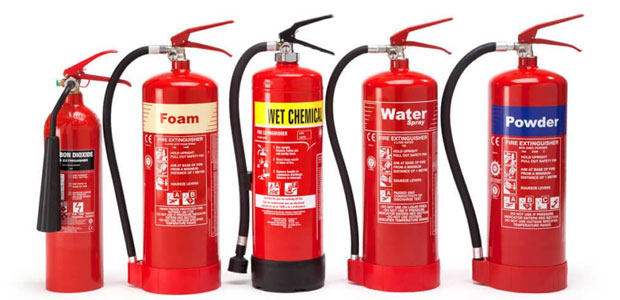
The Abcs Ds And Ks Of Fire Extinguishers Occupational Health Safety

Fire Extinguisher Types Colour Codes Classes

What Are The Different Types Of Fire Extinguishers Uk Businesswatch

Different Types Of Fire Extinguishers Used On Ships

The Five Classes Of Fires And The Fire Extinguishers That Stop Them Strike First Usa
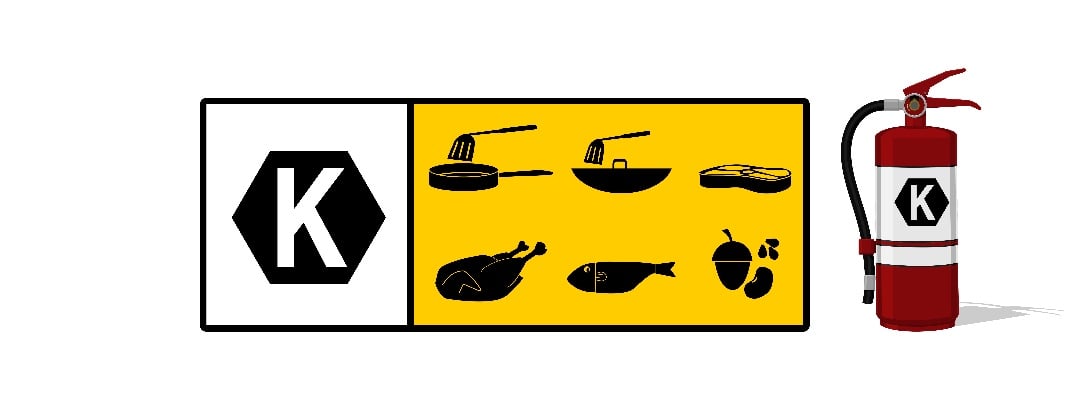
What Is A Class K Fire Extinguisher Used For

The Different Types Of Fires Classes Prevention Reaction

The Five Classes Of Fires And The Fire Extinguishers That Stop Them Strike First Usa
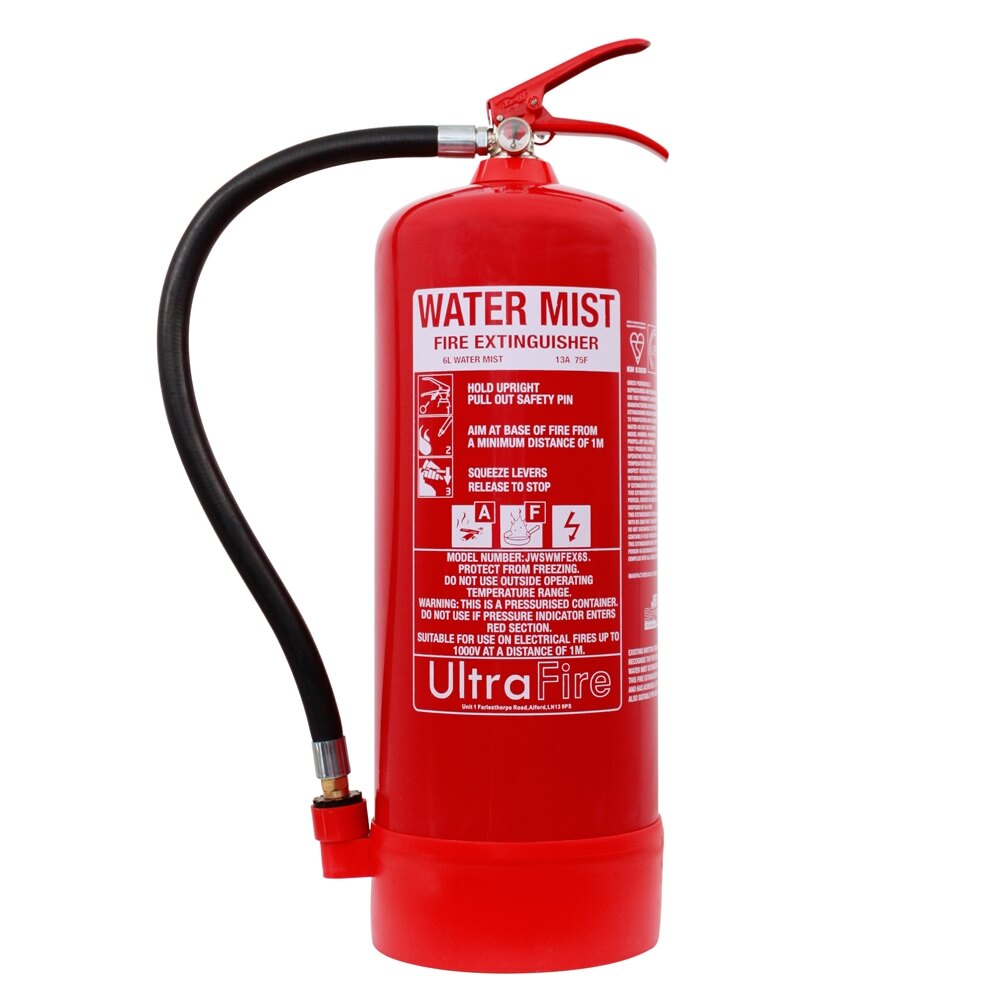
Fire Extinguisher Types Colour Codes Classes

What Do The A B C Ratings Mean On Fire Extinguishers

Find Out What The Symbols On Your Fire Extinguisher Actually Mean Foremost Promotions

The Different Types Of Fires Classes Prevention Reaction
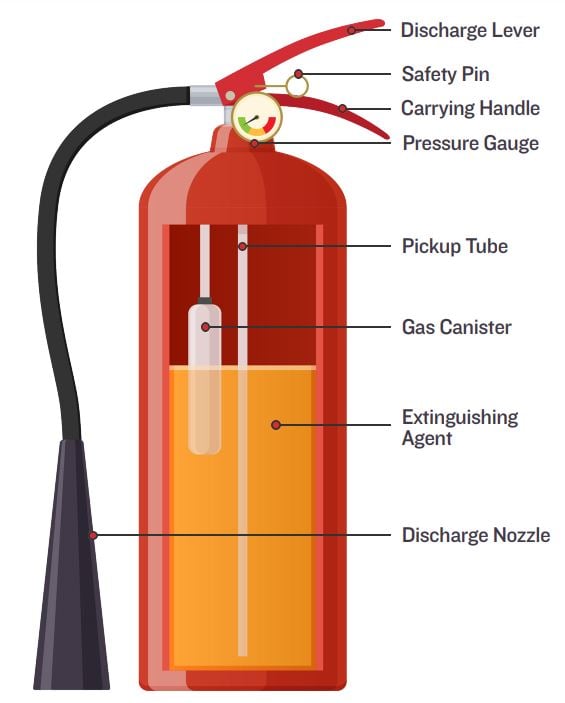
Guide To Fire Extinguisher Sizes Types Ratings
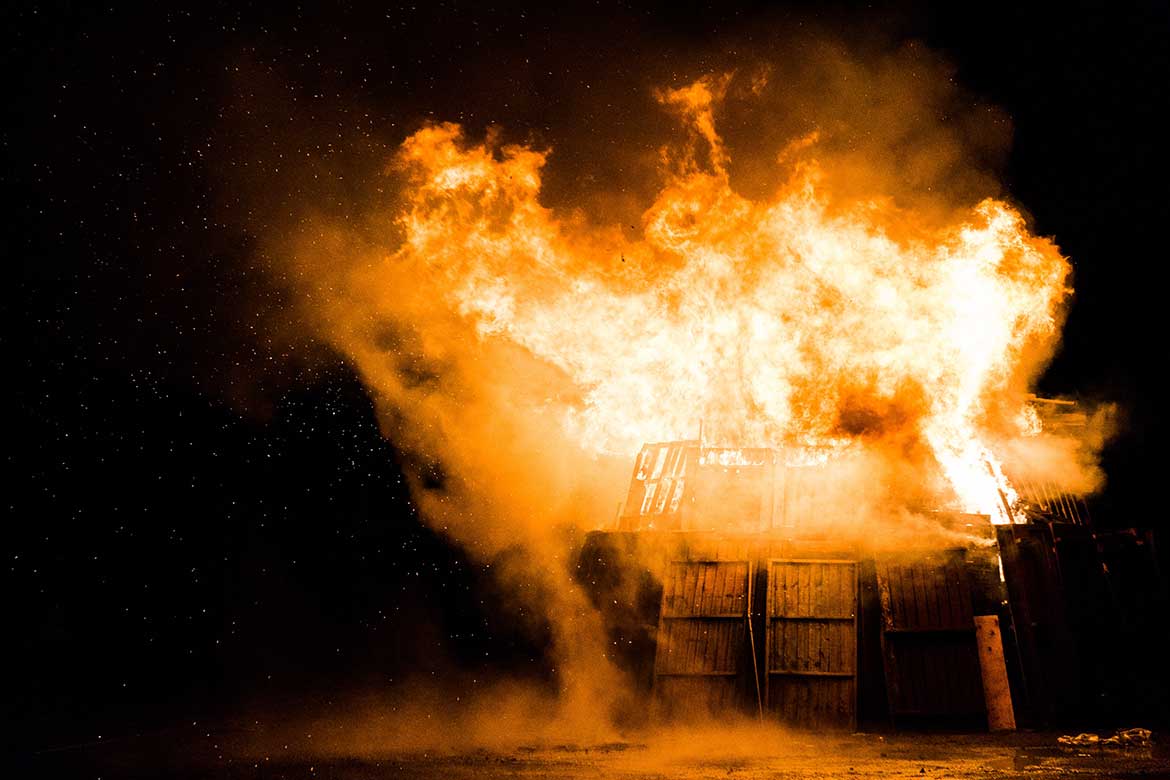
The 6 Types And Classes Of Fire And How To Attack Them Haspod
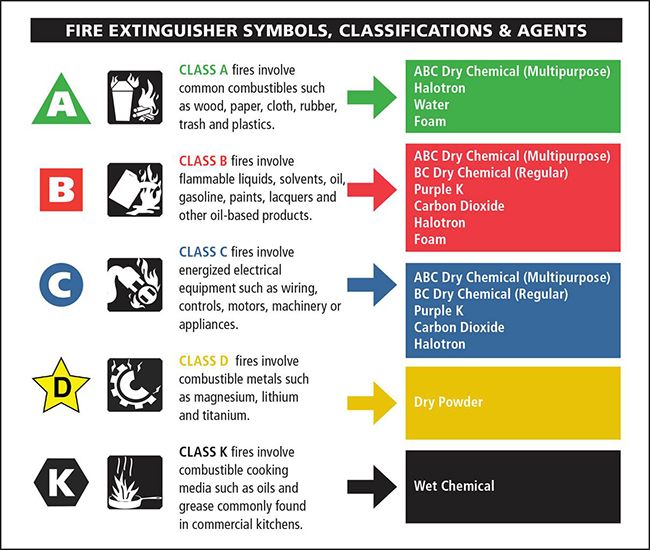
Types Of Fires Kidde Fire Safety

Classification Of Fire And Hazard Types As Per Nfpa Enggcyclopedia
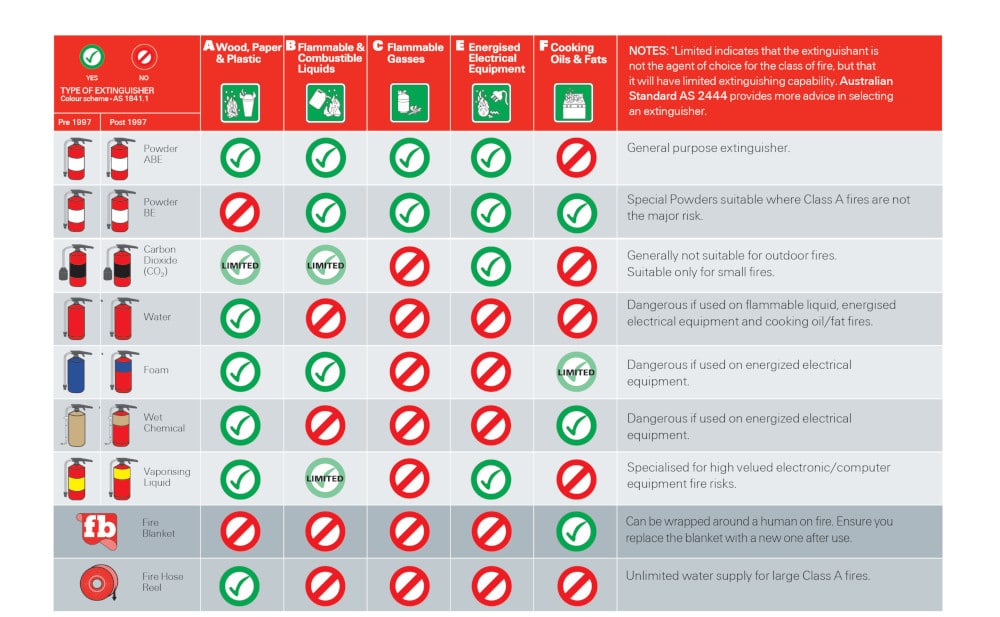
Fire Safety Understanding Fire Classes And Extinguishers Wormald

Find Out What The Symbols On Your Fire Extinguisher Actually Mean Foremost Promotions